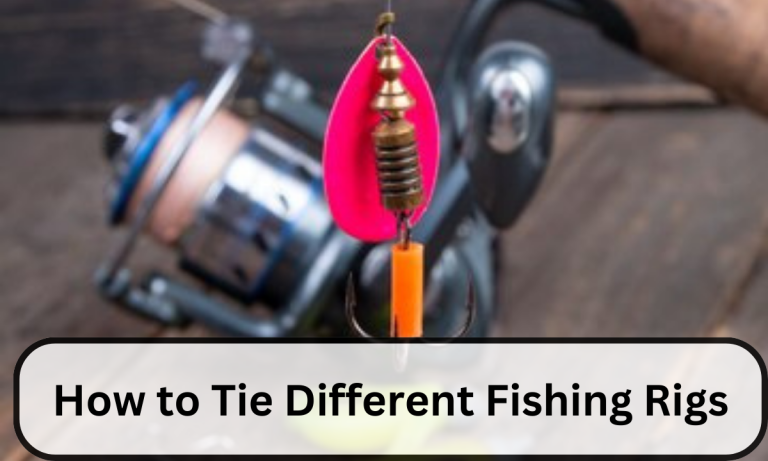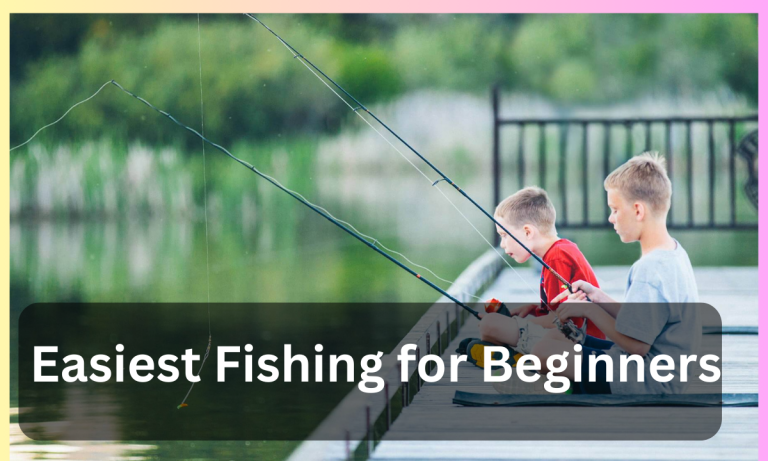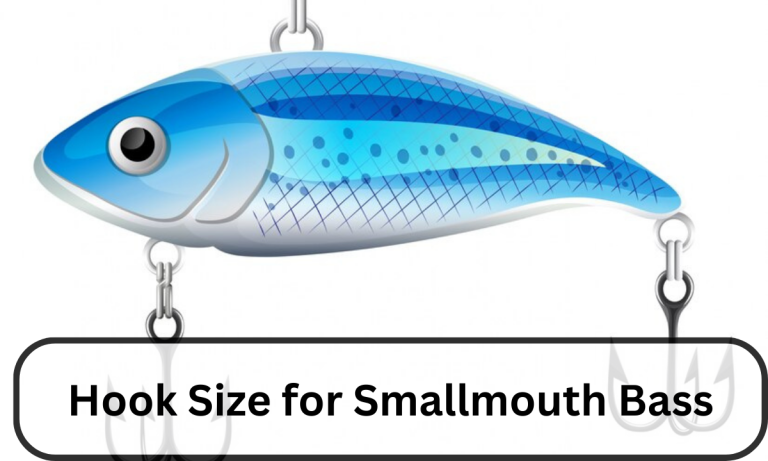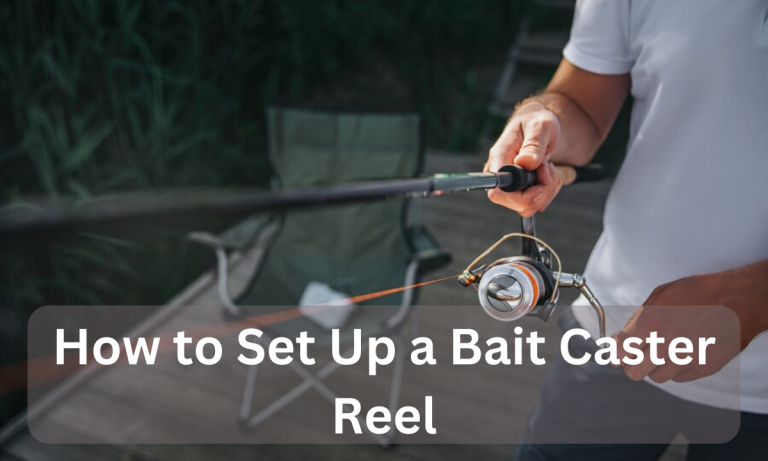Catch and Release Fishing for New Anglers
After panfish fishing for beginners, now, we will now discuss with our readers catch and release fishing for new anglers. But before discussing catch-and-release fishing for new anglers, it is important to know what is meant by catch-and-release fishing because releasing a fish is an important part of every fishing journey.
Catch and release fishing is a kind of pastime fishing activity where a fish is released unharmed, immediately, by the anglers back to the water where it is caught. This strategy is adopted to conserve the fishing species. But does it ensure that the fish will survive?
Fish survival depends on your activities before, during, and after the fish landing. Similarly, more fish species will survive if the fishing environment is healthy and the fishermen keep on fishing under certain fishing regulations to make catch-and-release fishing for new anglers an enjoyable activity.
A safe catch and release fishing for new anglers needs the following things:
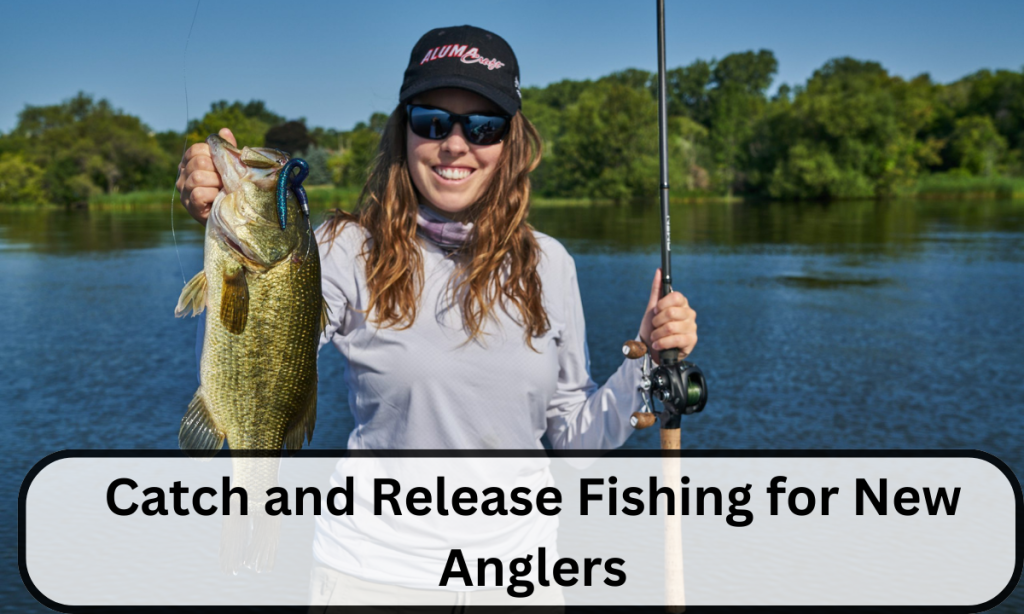
- Right equipment
- Right plan.
- Above all, the right mentality.
Other advantages of catch-and-release fishing include:
- Native fish population improvement for reproduction.
- More anglers will enjoy fishing.
- The fishing activity will remain for generations to succeed.
Catch and Release Fishing for New Anglers: Tips
There are certainly a few tips for catch and release fishing for new anglers that will help achieve the targets regarding maintaining the fish population in a certain area. These tips are under-mentioned.
- Choosing the Right Equipment
It should be ensured during catch and release that there is minimum or no stress on the fish to increase the chances of their survival. For that purpose, you need a specific equipment. Similarly, the right gear includes:
- Barbless hook usage enhances the ratio of fish survival by making hook removal easier. But the use of these hooks is subject to fishing rules. Make sure about what the rules tell about the usage of barbless hooks.
- The tackle should be strong enough to land the fish quickly.
- Rubber landing net or soft knotless mesh causes less damage to the eyes of fish, fins, scales, and mucus coating.
- De-hooker reduces fish handling to release it easily.
- Offset circle hooks be avoided however because they are harmful and less effective.
- Using Artificial Lures or Flies
The use of artificial lures and flies hooks the fish in the lip which can be removed quickly too.
- No Bait Usage
The use of bait often causes deep hooking injuries. For effective catch and release fishing for new anglers, avoid using artificial bait and scents so that fish don’t swallow hooks. Moreover, check local fishing regulations before using bait.
- Preparation Ahead of Time
Success in catch and release fishing rests on beforehand preparation. You are just required to use fishing tackles properly. Therefore, master using all fishing tackle.
- Don’t Bring Fish Out of Water
Make sure not to bring fish out of water because it puts it under huge stress. Similarly, a larger fish due to its structure, will also find it hard to survive out of water after they are returned too due to the stress they face.
- Careful Handling
This part of catch and release fishing for new anglers has the following things to consider:
- Never ill-treat a fish you want to release.
- Don’t make a fish feel tired.
- A fish should be de-hooked in water as far as possible.
- Handle the fish with wet hands.
- Cut the line closer to a hook if it is deep.
- Don’t keep a fish away from water for more than a minute.
- Don’t touch the eyes and gills of a fish.
- Don’t suspend the fish from its lips and mouth.
- Make a sluggish fish face the current to regain energy unless it swims on its own. But you should remain calm and patient.
- Use pliers to remove hooks.
- Don’t experiment with catch and release when the temperature is high.
- Keep the fish in water or hold it upside down to provide calmness to the fish. Similarly, the hook removal will become easier too.
- In-Depth Release
When fish are caught in deep water up to 30 feet, they suffer from barotrauma which is an accumulation of gases in their bodies which does not let them swim back down after release. However, barotrauma has the following symptoms:
- Bloated mid-section.
- Bulging eyes.
- Lifted scales.
- Lazy swimming.
- Practice for Perfection
Practice releasing the fish before you are capable enough to hit the target. Don’t feel shy to learn from your mistakes, however.
Conclusion
The proper information and guidelines are essential for proper catch and release fishing for new anglers. But it will not come easily. You will have to make a lot of practice to achieve perfection to contribute to the survival of fish generations. This article will certainly help you have prosperous catch-and-release fishing opportunities.
FAQs
- What should be done if the fish swallows the hook?
Ans. Cut the line closer to a hook if it is deep to avoid harm to the fish.
- What is required for proper catch and release?
Ans. The proper information and guidelines are essential for proper catch and release fishing for new anglers. But it will not come easily. You will have to make a lot of practice to achieve perfection to contribute to the survival of fish generations.
- How to decide on a suitable release?
Ans. A fish is suitable for release if it is not badly injured or bleeding dangerously.
- Which mistakes to avoid during catch and release fishing?
Ans.1. Don’t hold the fish tightly.
2. Release fish in calm waters away from boat traffic or strong currents.
3. Don’t let the fish hang loose on hard surfaces.

